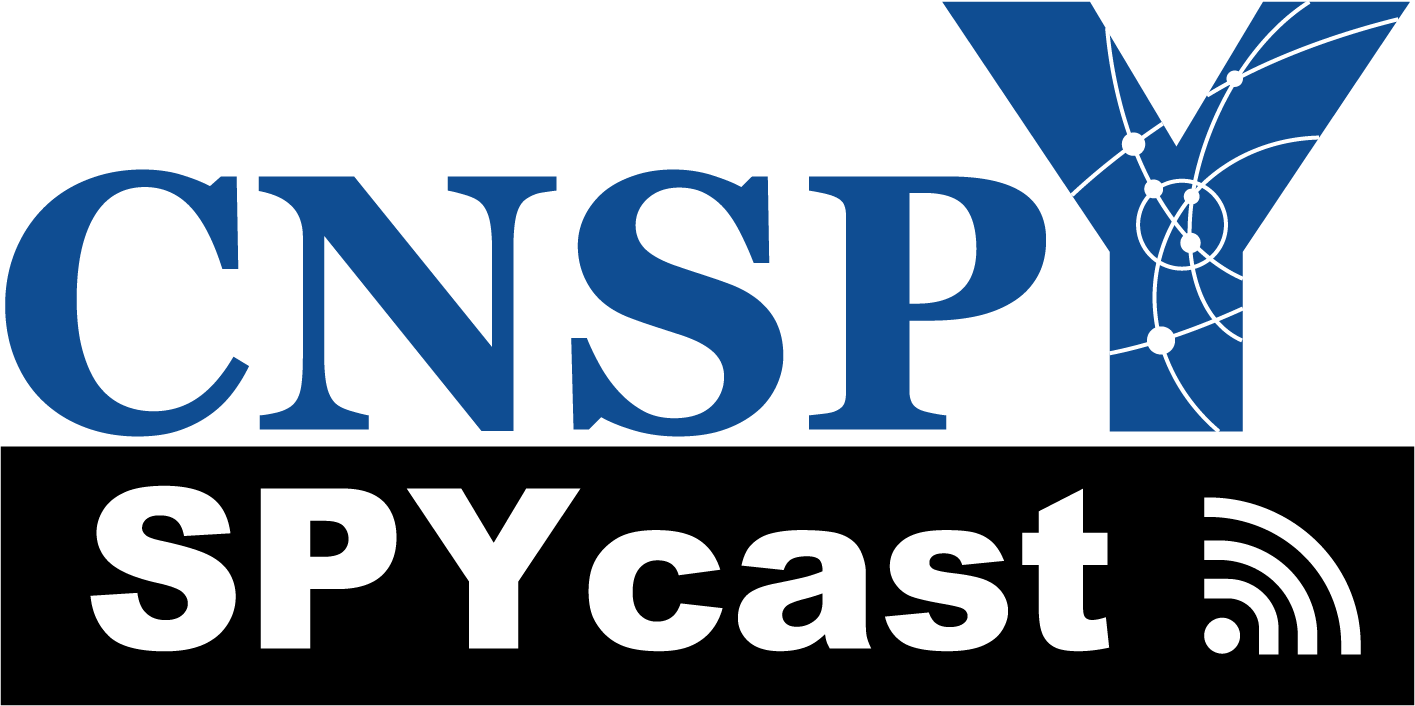This week we’re closing out our Summer Spotlight Series with Post #4 from guest blogger, Tenaya Vallery, CNSPY Executive Board Member and former CNSPY President. Here, she takes what she’s shared in her previous posts to a new level to help you start connecting on LinkedIn. Here’s Tenaya…
In a series of four posts, we are delving into LinkedIn and discussing its advantages for science PhDs. In my two last posts, I focused on the LinkedIn profile. Now it’s time to connect! In this post, I will discuss creating and strengthening your LinkedIn network. Along the way, I will share examples and tips.
Your LinkedIn Network
There are two schools of thought on LinkedIn networks:
- Open to All – connect to as many people as possible, even if you don’t know them
- A Close One – connect only to people you know and whose emails you would answer.
Personally, I prefer the latter option and dabble with the former.
Ninety-five percent of my network consists of people that I actually know. If I saw their name in my inbox or in my LinkedIn mail, I would open their message and vice versa. My reason is that if another connection asked me to introduce them to one of my other connections, then I want to be able to say, “yes, I could introduce you to that person,” rather than, “sorry friend, I don’t really know that person.”
The counter argument is that you never know. A random connection might lead to a job opportunity. Plus having a large network (500+) on LinkedIn marks you as a LinkedIn Pro. Lastly, you can always develop that initial connection into a deeper one at a later time. Recruiters, for example, tend to follow the ‘open to all’ option, but that comes with their job description.
The type of network you have is a personal choice and you will need to see which one fits your style. Regardless, I will share my strategies for turning a cold contact into a true connection.
Cold LinkedIn Invites
Cold networking is very difficult. Vickie, the CNSPY blogger, wrote a post on this subject. The take-home message is the same for LinkedIn.
Personalize your LinkedIn invite!
You have a 300-character limit. I restrict my message to reminding them when we met and suggesting a specific collaboration for the future, such as hosting them at Yale for a CNSPY event. Alternatively, I ask them a question about something they said. The idea is to get to know the other person and so that they remember you. You want an honest exchange of information and/or resources, a give and take.
Practicing Cold Emails. CNSPY is a great platform to practice cold networking. Other executive board members and I help new members draft their cold emails and coach them on how to approach face-to-face interactions. I myself had the same help from Thihan, one of CNSPY’s founders, when I first started, and we continue this tradition today. Moreover, there are many other organizations on campus that will offer the same opportunity for skill development and provide a platform of giving. But if you are interested in CNSPY, apply to be a project manager. We are always looking to diversify our leadership team.
Receiving a Cold LinkedIn Invite
Every now and then, I receive a LinkedIn invite from someone I do not recognize. After a while of feeling awkward and not knowing what to do, I developed a strategy and have had some fulfilling experiences as a result.
Is this person someone you want to connect with? First, I look at their LinkedIn profile to assess if s/he is a troll or a real person. I familiarize myself with their basic information and jot down particular experiences that I would like to learn more about. Then I respond to their cold invite with:
This approach opens up an opportunity for a cold contact to become a true connection. For me, this strategy works one out of five times. Cold networking is difficult, but it can be incredibly rewarding.
My Success Story with Cold Networking via LinkedIn
In Fall 2015, I received a cold LinkedIn invite. I followed my strategy by first looking at her profile. She was a founder of a company that connects academic scientists with programmers. The academic scientists receive assistance on program development to answer unique academic questions, while the programmers are challenged to develop new algorithms and gain experience on different problems. Her idea was not only innovative but also useful for the Yale community.
Being proactive, I responded using my above strategy. We exchanged a few emails and had a phone call to discuss her Ph.D. experience, her career after graduate school, and her company. From our conversations, I knew that other Yale science trainees would benefit from her insights and experiences.
So I invited her to CNSPY’s Annual Networking Event (ANE). She said yes and then offered to lead a seminar on networking strategies, Networking 101, before the ANE, to help our members.
Cold LinkedIn networking can lead to great opportunities for not only a deeper connection for you, but for others, too. You should be open to cold networking and to strengthening cold contacts into deeper connections.
LinkedIn InMail
This tip comes from Vickie, the CNSPY blogger.
LinkedIn recently changed its mailing feature. A few years ago, you could send a message to anyone. But now, you must buy into their Premium service to send a message to anyone who is not a first-degree connection.
With a free account, you can only send messages to your first-degree connections and 300-character invites to everyone else.
To counter this limitation, people have been providing their email and contact information directly on their website/profile.
Here is Vickie, explaining this issue more:
“If you aren’t already friends with someone (or linked with someone), you can’t send them a message or use the InMail service. Recruiters (or anyone for that matter) have to pay for a premium LinkedIn account in order to send InMail to someone they don’t already know. So sometimes, recruiters will go for the low-hanging fruit – someone who willingly gives away their contact info on their profile, even if that person may not be the best candidate in order to save their company some money.”
In essence, LinkedIn is moving toward more buy-in options to market their Premium service. One way to circumvent the inability to send messages through LinkedIn and their character limits is to provide your email address directly on your profile, for example, at the end of your summary section.
Strengthening and Staying Current with Your Network
LinkedIn is a great platform for strengthening and staying current with your network. It offers a few services to help you do this:
- Notifications on profile changes in your news feed.
- Daily suggestions on how to stay connected with your network such as, “Jon Doe has a new job. Do you want to say congrats?” These suggestions appear in the right column of your home page.
- Returning endorsements. When someone endorses you, LinkedIn automatically prompts you to do the same for others in your network.
- Emails about what’s going on in your network.
- Suggestions of people you may know.
These features and more are incredibly helpful ways to stay up-to-date with your network and to strengthen it.
In closing, LinkedIn is a dynamic resource for networking and maintaining a healthy, strong network. I wish you the best with your LinkedIn experience and hope that my tips and insights have helped you in some way! Please send me an email or link with me on LinkedIn to let me know specifically. I welcome all feedback.
Summer Spotlight Series:
- LinkedIn vs. Research Gate
- Basics Part I: Editing, profile picture, and professional headline
- Basics Part II: Experience section – media, recommendations, endorsements, and publications
- Basics Part III: Invites and InMail
** Once you have updated and maximized your profile, start connecting using the tips discussed above and let us know how it goes! **
Share your thoughts below by clicking the “Leave a Reply” link or by clicking the chat bubble in the top right of the post.








August 13, 2021 at 6:53 am
Thanks
https://comprarcialis5mg.org/it/
February 17, 2023 at 1:04 am
Number 1 is the conventional wisdom of extroverted networkers. Number 2 is what introverts should do.
https://www.mywatchesuk.com/
May 19, 2023 at 3:03 pm
Thank you for useful sharing.
vozol 10000
November 10, 2023 at 1:54 am
L’azienda è una multinazionale che nel solo 2010 ha realizzato ricavi per circa 2 miliardi di euro, breitling replica grazie alla produzione di quasi 1 milione di orologi all’anno e alla sua rete di distribuzione di circa 4.000 orologiai in più di 100 paesi.
November 12, 2023 at 9:07 pm
Given the name 28ti, the watch features a brand new execution for Voutilainen, yet it should feel quite familiar for the Kari faithful. If you haven’t guessed yet, Panerai Replica that is because much of the watch’s movement — which is visible from the dial side, a first for Voutilainen — is taken from the Vingt-8 construction that is easily distinguishable due to the extra-large balance wheel found in the 28ti’s top-left corner.
May 28, 2024 at 5:48 am
I really enjoyed reading your post. It’s amazing and fabulous. Keep up the great work. MaryKayInTouch
July 4, 2024 at 4:56 am
Essential I really like your style of blogging. MaximTimeClock
July 31, 2024 at 8:13 am
Discover the convenience of managing your health with myLoyola, the secure online portal that connects you directly to your healthcare information. With myLoyola, you can access your medical records, view test results, schedule appointments, message your care team, and request prescription refills—all from the comfort of your home or on the go. Join thousands of patients who are taking control of their health with ease and efficiency. Visit the myLoyola Portal to get started today!
August 23, 2024 at 6:46 am
Very Nice Information , Really Good Things I see This in internet.
thrtoto
August 23, 2024 at 6:47 am
Great article. Thanks for sharing this amazing piece of information. thank you so much
thrtoto
August 23, 2024 at 6:48 am
Well Done, for making this post, i really get help
thank you so much
thrtoto
August 23, 2024 at 6:48 am
Real Hero , You Rock ! Thank You!
kongcuwin
August 23, 2024 at 6:49 am
More Content Like This , Thank Youu !
kongcuwin
August 23, 2024 at 6:50 am
Well Good Article, nice !
kongcuwin
August 23, 2024 at 6:50 am
More Content Like This , Thank Youu !
kongcuwin
August 29, 2024 at 6:12 am
Thank you for sharing this exceptional information; it is greatly appreciated.
mary kay intouch